|
Your search criteria found 3914 images Feature Name |
| My List |
Addition Date
|
Target | Mission | Instrument | Size |

|
2000-05-31 | Io |
Galileo |
Solid-State Imaging |
506x411x3 |
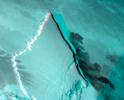
|
|||||

|
2000-05-31 | Io |
Galileo |
Solid-State Imaging |
643x566x3 |
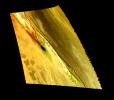
|
|||||

|
2000-05-31 | Io |
Galileo |
Solid-State Imaging |
875x900x1 |

|
|||||

|
2000-05-31 | Io |
Galileo |
Solid-State Imaging |
618x850x1 |

|
|||||

|
2000-05-31 | Io |
Galileo |
Near Infrared Mapping Spectrometer |
890x376x3 |
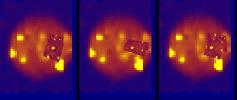
|
|||||

|
2000-05-31 | Io |
Galileo |
Near Infrared Mapping Spectrometer |
850x410x1 |
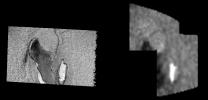
|
|||||

|
2000-05-31 | Io |
Galileo |
Near Infrared Mapping Spectrometer |
1130x550x3 |
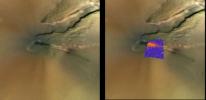
|
|||||

|
2000-06-02 | Ariel |
Voyager |
VG ISS - Narrow Angle |
800x800x1 |
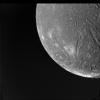
|
|||||

|
2000-06-07 | Mars |
Mars Global Surveyor (MGS) |
Mars Orbiter Camera (MOC) |
502x2347x1 |
|
|
|||||

|
2000-06-10 | Eros |
NEAR Shoemaker |
Multi-Spectral Imager |
1064x821x1 |
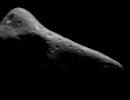
|
|||||

|
2000-07-10 | Europa |
Galileo |
Near Infrared Mapping Spectrometer |
950x650x3 |
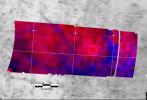
|
|||||

|
2000-08-03 | Ganymede |
Galileo |
Solid-State Imaging |
2133x1600x3 |
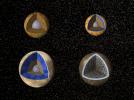
|
|||||

|
2000-08-05 | Mercury |
Mariner Venus Mercury (Mariner 10) |
356x311x1 | |
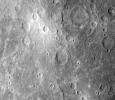
|
|||||

|
2000-08-05 | Mercury |
Mariner Venus Mercury (Mariner 10) |
356x311x1 | |
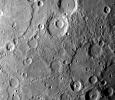
|
|||||

|
2000-08-05 | Mercury |
Mariner Venus Mercury (Mariner 10) |
311x356x1 | |

|
|||||

|
2000-08-05 | Mercury |
Mariner Venus Mercury (Mariner 10) |
311x356x1 | |

|
|||||

|
2000-08-05 | Mercury |
Mariner Venus Mercury (Mariner 10) |
311x356x1 | |

|
|||||

|
2000-08-05 | Mercury |
Mariner Venus Mercury (Mariner 10) |
356x311x1 | |
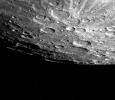
|
|||||

|
2000-08-05 | Mercury |
Mariner Venus Mercury (Mariner 10) |
311x356x1 | |

|
|||||

|
2000-08-05 | Mercury |
Mariner Venus Mercury (Mariner 10) |
311x356x1 | |

|
|||||

|
2000-08-05 | Mercury |
Mariner Venus Mercury (Mariner 10) |
311x356x1 | |

|
|||||

|
2000-08-05 | Mercury |
Mariner Venus Mercury (Mariner 10) |
311x356x1 | |

|
|||||

|
2000-08-05 | Mercury |
Mariner Venus Mercury (Mariner 10) |
356x311x1 | |
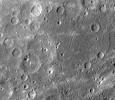
|
|||||

|
2000-08-05 | Mercury |
Mariner Venus Mercury (Mariner 10) |
356x311x1 | |
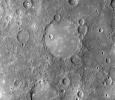
|
|||||

|
2000-08-05 | Mercury |
Mariner Venus Mercury (Mariner 10) |
356x311x1 | |
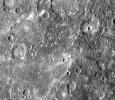
|
|||||

|
2000-08-06 | Mercury |
Mariner Venus Mercury (Mariner 10) |
356x311x1 | |
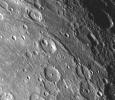
|
|||||

|
2000-08-11 | Europa |
Galileo |
Solid-State Imaging |
3116x2652x1 |
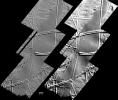
|
|||||

|
2000-08-24 | Mercury |
Mariner Venus Mercury (Mariner 10) |
1000x778x1 | |
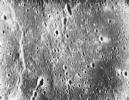
|
|||||

|
2000-08-24 | Mercury |
Mariner Venus Mercury (Mariner 10) |
981x792x1 | |
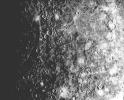
|
|||||

|
2000-09-16 | Phobos |
Mars Global Surveyor (MGS) |
Mars Orbiter Camera (MOC) |
462x394x1 |
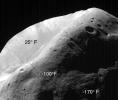
|
|||||

|
2000-09-16 | Phobos |
Mars Global Surveyor (MGS) |
Mars Orbiter Camera (MOC) |
683x1000x1 |

|
|||||

|
2000-09-16 | Phobos |
Mars Global Surveyor (MGS) |
Mars Orbiter Camera (MOC) |
273x400x1 |

|
|||||

|
2000-09-16 | Phobos |
Mars Global Surveyor (MGS) |
Mars Orbiter Camera (MOC) |
480x480x1 |
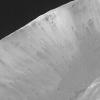
|
|||||

|
2000-09-16 | Phobos |
Mars Global Surveyor (MGS) |
Mars Orbiter Camera (MOC) |
480x480x1 |
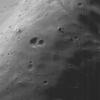
|
|||||

|
2000-09-16 | Mars |
Mars Global Surveyor (MGS) |
Mars Orbiter Camera (MOC) |
802x804x1 |
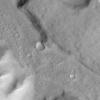
|
|||||

|
2000-09-16 | Mars |
Mars Global Surveyor (MGS) |
Mars Orbiter Camera (MOC) |
683x1138x1 |

|
|||||

|
2000-09-16 | Mars |
Mars Global Surveyor (MGS) |
Mars Orbiter Camera (MOC) |
1323x1975x1 |

|
|||||

|
2000-10-10 | Jupiter |
Cassini-Huygens |
ISS - Narrow Angle |
717x462x3 |
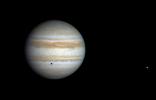
|
|||||

|
2000-10-26 | Io |
Galileo |
Solid-State Imaging |
1152x899x1 |
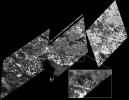
|
|||||

|
2000-10-26 | Io |
Galileo |
Solid-State Imaging |
782x752x1 |
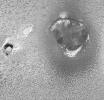
|
|||||

|
2000-10-26 | Io |
Galileo |
Solid-State Imaging |
900x750x3 |
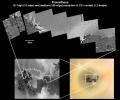
|
|||||

|
2000-10-26 | Io |
Galileo |
Solid-State Imaging |
889x766x3 |
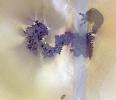
|
|||||

|
2000-10-26 | Io |
Galileo |
Solid-State Imaging |
1152x564x1 |
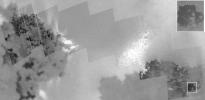
|
|||||

|
2000-11-04 | Moon |
Ranger 7 |
685x720x1 | |

|
|||||

|
2000-11-04 | Moon |
Ranger 7 |
720x707x1 | |
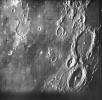
|
|||||

|
2000-11-04 | Moon |
Surveyor 5 |
873x414x1 | |
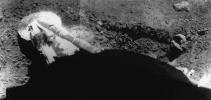
|
|||||

|
2000-11-06 | Jupiter |
Cassini-Huygens |
ISS - Narrow Angle |
889x859x1 |
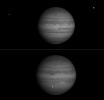
|
|||||

|
2000-11-06 | 4206x3306x3 | |||

|
|||||

|
2000-11-21 | Jupiter |
Cassini-Huygens |
ISS - Narrow Angle |
400x400x1 |
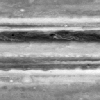
|
|
||||

|
2000-12-06 | Jupiter |
Cassini-Huygens |
ISS - Narrow Angle |
559x553x3 |
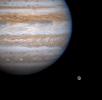
|
|||||

|
2000-12-12 | Jupiter |
Cassini-Huygens |
Imaging Science Subsystem |
863x629x3 |
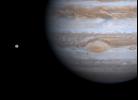
|
|||||

|
2000-12-16 | Ganymede |
Galileo |
Solid-State Imaging |
2000x2300x1 |

|
|||||

|
2000-12-16 | Ganymede |
Galileo |
Solid-State Imaging |
2603x756x1 |

|
|||||

|
2000-12-16 | Ganymede |
Galileo |
Solid-State Imaging |
1249x1939x1 |

|
|||||

|
2000-12-16 | Ganymede |
Galileo |
Solid-State Imaging |
1026x1748x1 |

|
|||||

|
2000-12-16 | Ganymede |
Galileo |
Solid-State Imaging |
2514x1929x1 |
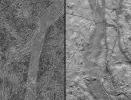
|
|||||

|
2000-12-16 | Ganymede |
Galileo |
Solid-State Imaging |
1000x751x1 |
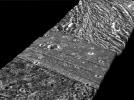
|
|||||

|
2000-12-16 | Ganymede |
Galileo |
Solid-State Imaging |
1764x809x1 |
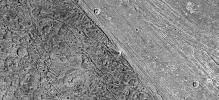
|
|||||

|
2000-12-16 | Ganymede |
Galileo |
Solid-State Imaging |
1228x512x3 |
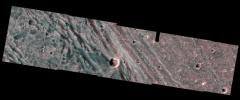
|
|||||

|
2000-12-16 | Ganymede |
Galileo |
Solid-State Imaging |
1358x1098x3 |

|
|||||

|
2000-12-16 | Ganymede |
Galileo |
Solid-State Imaging |
3777x2760x1 |
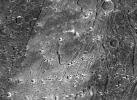
|
|||||

|
2000-12-16 | Ganymede |
Galileo |
Solid-State Imaging |
3328x2330x1 |
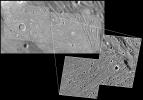
|
|||||

|
2000-12-16 | Ganymede |
Galileo |
Solid-State Imaging |
795x767x1 |
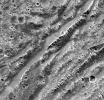
|
|||||

|
2000-12-17 | Ganymede |
Galileo |
Solid-State Imaging |
512x384x1 |
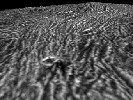
|
|
||||

|
2000-12-20 | Jupiter |
Cassini-Huygens |
Imaging Science Subsystem |
1020x986x3 |
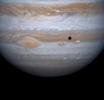
|
|||||

|
2000-12-21 | Jupiter |
Cassini-Huygens |
Imaging Science Subsystem |
317x487x1 |

|
|||||

|
2000-12-21 | Jupiter |
Cassini-Huygens |
Imaging Science Subsystem |
846x1016x3 |

|
|||||

|
2000-12-23 | Jupiter |
Cassini-Huygens |
Imaging Science Subsystem |
747x731x3 |
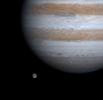
|
|||||

|
2000-12-30 | Jupiter |
Cassini-Huygens |
Imaging Science Subsystem |
640x480x1 |

|
|||||

|
2001-01-11 | Mercury |
Mariner Venus Mercury (Mariner 10) |
2743x2086x1 | |
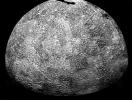
|
|||||

|
2001-01-11 | Mercury |
Mariner Venus Mercury (Mariner 10) |
2463x3457x1 | |

|
|||||

|
2001-01-17 | Mercury |
Mariner Venus Mercury (Mariner 10) |
2158x3300x1 | |

|
|||||

|
2001-01-18 | Mercury |
Mariner Venus Mercury (Mariner 10) |
2209x3303x1 | |

|
|||||

|
2001-01-23 | Jupiter |
Cassini-Huygens |
Imaging Science Subsystem |
999x959x3 |
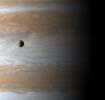
|
|||||

|
2001-01-30 | Jupiter |
Cassini-Huygens |
Imaging Science Subsystem |
1920x1080x3 |
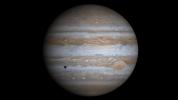
|
|||||

|
2001-01-31 | Himalia |
Cassini-Huygens |
Imaging Science Subsystem |
735x540x3 |
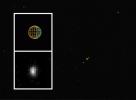
|
|||||

|
2001-02-05 | Jupiter |
Cassini-Huygens |
Imaging Science Subsystem |
400x400x1 |
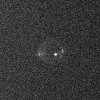
|
|
||||

|
2001-02-09 | Earth |
Landsat |
439x593x3 | |

|
|||||

|
2001-02-17 | Eros |
NEAR Shoemaker |
Multi-Spectral Imager |
392x492x1 |

|
|||||

|
2001-02-23 | Io |
Galileo |
Solid-State Imaging |
4000x2500x3 |
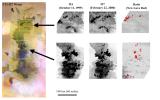
|
|||||

|
2001-02-23 | Io |
Galileo |
Solid-State Imaging |
3347x2531x1 |
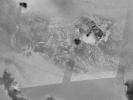
|
|||||

|
2001-02-26 | Io |
Galileo |
Solid-State Imaging |
1270x660x3 |
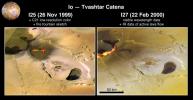
|
|||||

|
2001-03-13 | Ganymede |
Galileo |
Solid-State Imaging |
1078x636x3 |
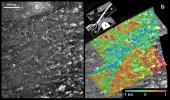
|
|||||

|
2001-03-13 | Ganymede |
Galileo |
Solid-State Imaging |
328x450x3 |

|
|||||

|
2001-03-13 | Ganymede |
Galileo |
Solid-State Imaging |
404x294x1 |
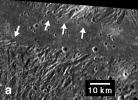
|
|||||

|
2001-03-13 | Ganymede |
Galileo |
Solid-State Imaging |
542x425x1 |

|
|||||

|
2001-03-29 | Io |
Cassini-Huygens Galileo |
Solid-State Imaging |
1100x900x3 |
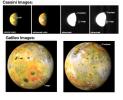
|
|||||

|
2001-03-29 | 4500x5600x3 | |||

|
|||||

|
2001-05-01 | Earth |
2001 Mars Odyssey |
THEMIS |
3124x1342x1 |
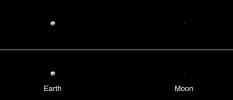
|
|||||

|
2001-05-31 | Io |
Cassini-Huygens |
Imaging Science Subsystem |
1157x633x1 |
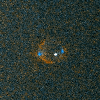
|
|
||||

|
2001-05-31 | Jupiter |
Cassini-Huygens |
Imaging Science Subsystem |
1349x1603x3 |

|
|||||

|
2001-06-18 | Mars |
Mars Global Surveyor (MGS) |
Mars Orbiter Camera (MOC) |
1280x1024x3 |

|
|||||

|
2001-06-22 | Io |
Galileo |
Photopolarimeter-Radiometer |
1157x574x3 |
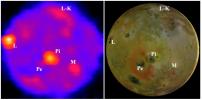
|
|||||

|
2001-06-22 | Europa |
Galileo |
Solid-State Imaging |
536x900x3 |

|
|||||

|
2001-07-21 | Jupiter |
Hubble Space Telescope |
WFPC2 |
752x417x3 |

|
|||||

|
2001-07-21 | Saturn |
Hubble Space Telescope |
WFPC2 |
3000x2270x3 |
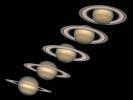
|
|||||

|
2001-07-21 | Saturn |
Hubble Space Telescope |
WFPC2 |
3000x1500x3 |
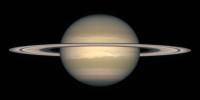
|
|||||

|
2001-07-21 | Saturn |
Hubble Space Telescope |
WFPC2 |
1152x576x3 |
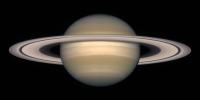
|
|||||

|
2001-07-21 | Saturn |
Hubble Space Telescope |
WFPC2 |
3000x1500x3 |
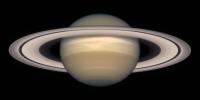
|
|||||

|
2001-07-21 | Saturn |
Hubble Space Telescope |
WFPC2 |
3000x1500x3 |
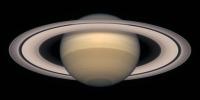
|
|||||

|
 |
 |
 |
 |
 |
 |
 |
 |
 |
 |

|
| 1-100 | 101-200 | 201-300 | 301-400 | 401-500 | 501-600 | 601-700 | 701-800 | 801-900 | 901-1000 |
| Currently displaying images: 501 - 600 of 3914 |